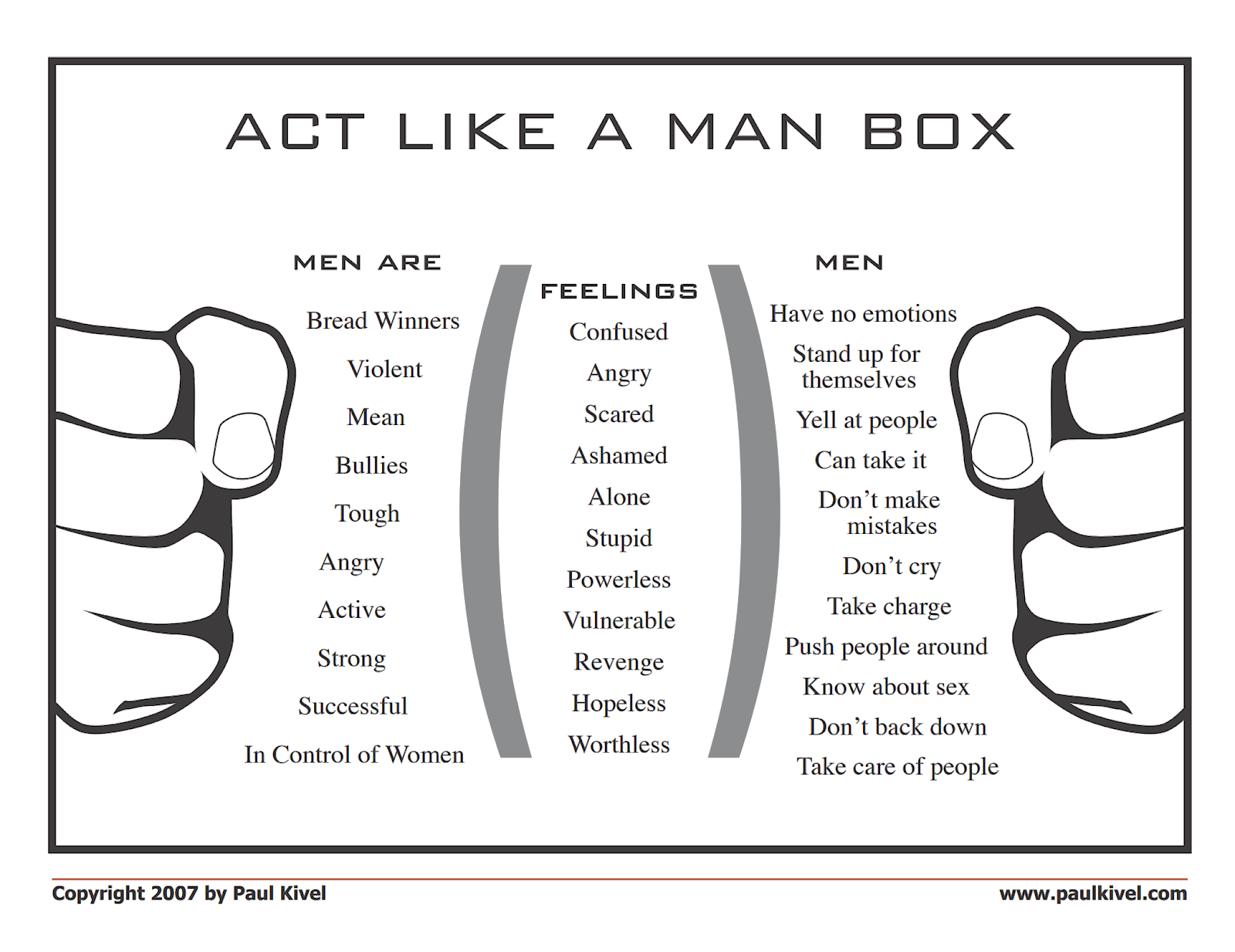National Domestic Violence Awareness Month
- Filed under "safety"
- Published Monday, October 9, 2023
- « back to articles

Iowa is known for many things in addition to the butter cow and the first national political caucuses, although one statistic is not one to be proud of: Iowa ranks second in the nation for the percentage of women who have experienced domestic violence.
Domestic violence refers to violence among people in a domestic situation and can include not only a spouse or partner, but also other family or household members. Sometimes be termed intimate partner violence, forms of domestic or intimate partner violence include:
- acts of physical violence, such as slapping, hitting, kicking, and beating
- sexual violence, including forced sexual intercourse and other forms of sexual coercion
- emotional (psychological) abuse, such as insults, belittling, constant humiliation, intimidation (e.g., destroying things), threats of harm, threats to take away children, stalking
- controlling behaviors, including isolating a person from family and friends; monitoring their movements; and restricting access to financial resources, employment, education, or medical care
Domestic violence can also encompass child or elder abuse, or abuse by any member of a household. Domestic violence occurs in same-sex relationships and with women as the abuser; however, the most common form of domestic violence is perpetrated against women by men.
Since 1989, October has been recognized as National Domestic Violence Awareness Month – an opportunity to recognize the dynamics of abusive relationships, support those currently surviving abuse, and learn about resources to help persons involved in abusive relationships. This year’s campaign theme is #Every1KnowsSome1 – a commentary on how prevalent this issue is. According to the U.S. Administration for Children and Families, in this country:
- A woman is assaulted or beaten every nine seconds.
- 1 in 3 women has been in an abusive relationship.
- 1 in 5 women has faced severe physical violence.
- 20 people are abused by an intimate partner every minute.
Historically, combatting domestic violence, particularly gender-based violence. But for several years, authorities have pointed to the socialization of men – strong, successful, powerful, fearless, dominating – as contributing to violence against women, girls, and other marginalized people. They’ve coined the term “The Man Box,” and have led the charge for men and boys to stop the violence so prevalent in our world. Here’s a simple diagram outlining this concept (below).

Shifting this deeply entrenched culture is a huge task. But there are things we can do, and we need to get started. “If women could end this problem, it would be over,” notes Tony Porter, co-founder A Call to Men, a national organization challenging men to revise their long-held gender beliefs to address and end violence against women. “The solution lies in the majority of men who are not abusive. It’s our responsibility to normalize this way of thinking so that generations from now my sons can say, ‘my dad told me that’s how they did it way back when, but we think it’s ridiculous – and it’s not the way we think about women or men today.’ ”
Here are some ideas men might consider in our work to eliminate violence against girls, women, and marginalized people:
- Acknowledge and understand how male dominance and aspects of unhealthy manhood are at the foundation of domestic and sexual violence.
- Examine and challenge our individual beliefs and the role that we play in supporting men who are abusive.
- Recognize and stop colluding with other men by getting out of our socially defined roles and take a stance to prevent domestic and sexual violence.
- Remember that our silence is affirming. When we choose not to speak out against domestic and sexual violence, we are supporting it.
- Educate and re-educate our sons and other young men about our responsibility in preventing domestic and sexual violence.
- Break out of the stereotypes: Challenge traditional images of manhood that stop us from actively taking a stand in domestic and sexual violence prevention.
- Accept and own our responsibility that domestic and sexual violence will not end until men become part of the solution to end it. We must take an active role in creating a cultural and social shift that no longer tolerates violence and discrimination against women and girls.
- Stop supporting the notion that domestic and sexual violence is due to mental illness, lack of anger management skills, chemical dependency, stress, etc. Domestic and sexual violence is rooted in male dominance and the socialization of men.
- Take responsibility for creating appropriate and effective ways to educate and raise awareness about domestic and sexual violence prevention.
- Create responsible and accountable men's initiatives in your community to support domestic and sexual violence prevention.
Chrysalis has long known that changing the world for girls and women takes every one of us – so please share this information with those who may join in the work to eliminate violence against girls and women.